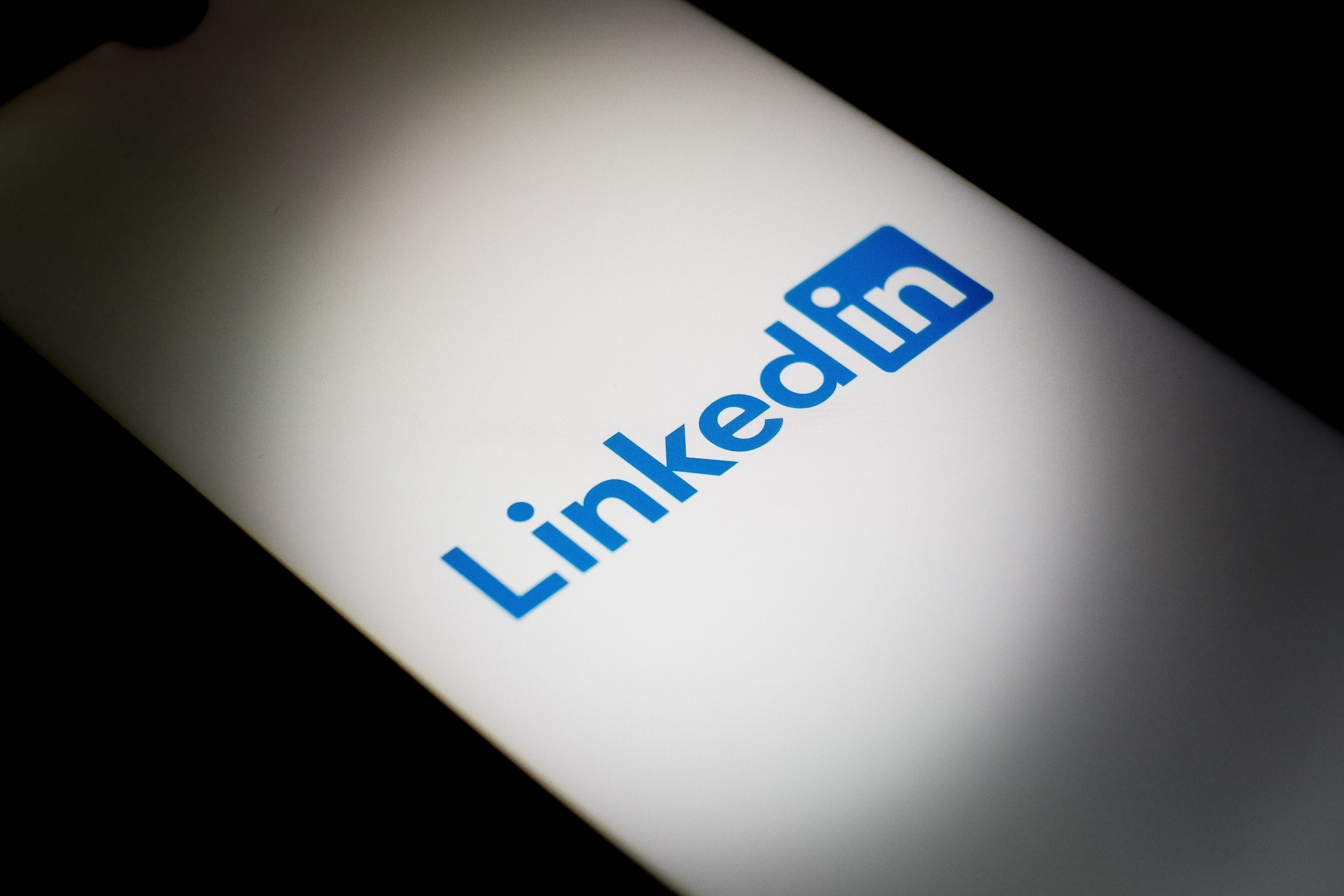
NurPhoto
If you think LinkedIn feels stale lately, you’re not alone.
Many users have said they’re seeing posts as old as two or three weeks at the top of their news feeds. I’ve seen it too: Journalists posting outreach for stories published days ago, month-old selfies from advertising events, and commentary on tech headlines that are now old news.
“What’s happened to LinkedIn?” Tim Vanderhook, CEO of the adtech company Viant, recently posted. “It’s 2025, no one waits 3 weeks to ‘learn’ of something.”
In the replies, commenters shared their own experiences with stale LinkedIn posts. Some responded weeks after Vanderhook originally published.
I contacted LinkedIn to find out what’s going on. It turns out those older posts are there by design.
Gyanda Sachdeva, LinkedIn’s VP of product management, told me that in mid-June, LinkedIn rolled out an algorithm tweak designed to test what she described as “a new sort of efficient frontier” to test how recent content in the feed needs to be to remain relevant.
LinkedIn is different from other social feeds. Up-to-the-minute updates, or going viral, aren’t as important as making sure you didn’t miss that one of your prospective clients recently got a new job at another company, or surfacing insights that might help you nail your next presentation.
“Our goal is to strike that balance of always showing you the most relevant updates from your network and from the people who can help you grow, even if we have to tweak the recency algorithm every now and then,” Sachdeva said.
Sachdeva added that LinkedIn’s power users (gulp, I guess that’s me) were the first to notice the changes because the queues of posts that the algorithm decides to place in their feeds are longer than those of regular users.
“In the new normal, you should expect to see a little bit of a flex on recency because we want to make sure that posts are relevant to you, but it won’t feel dramatic — because that dramaticness was associated with the change being made one day and your queue being longer than normal,” Sachdeva.
As for what LinkedIn deems “relevant,” the algorithm analyzes a number of factors. Timeliness is one. There’s also your activity history — the type of people and posts you tend to read, react to, or share. Someone who shows up in your feed may not be high-profile, but if they’re important to you — like your boss or a former classmate — the algorithm gives them credibility. The feed also weighs expertise: For example, does the person harping on about the latest drama at OpenAI have domain knowledge?
Sachdeva said LinkedIn is trying to differentiate on the metrics that actually matter for content creators, too.
“It’s actually less about the likes and the watch time and the actions,” she said. “What it’s more about is, is it creating opportunity for you and for the person who consumed the content.”
To that end, LinkedIn recently introduced new analytics to show content creators metrics like the number of followers or profile views they gained from a specific post.
“The goal is to give you the breadcrumbs to take you all the way to: I got a lead, or I got an opportunity at an event, or now I’m co-authoring a book,” Sachdeva said.
The recent flood of older posts dominating the LinkedIn feed will likely change over time as the company tests the right algorithmic mix. (And if it’s really bothering you, you can always go to Settings > Account preferences > Preferred feed view, and toggle to “most recent posts.”)
“We want to make sure that we strike the right balance,” Sachdeva said. “The goal is not to suddenly make it feel like it’s all from five weeks ago.”
The post Why LinkedIn is showing you so many old posts appeared first on Business Insider.




